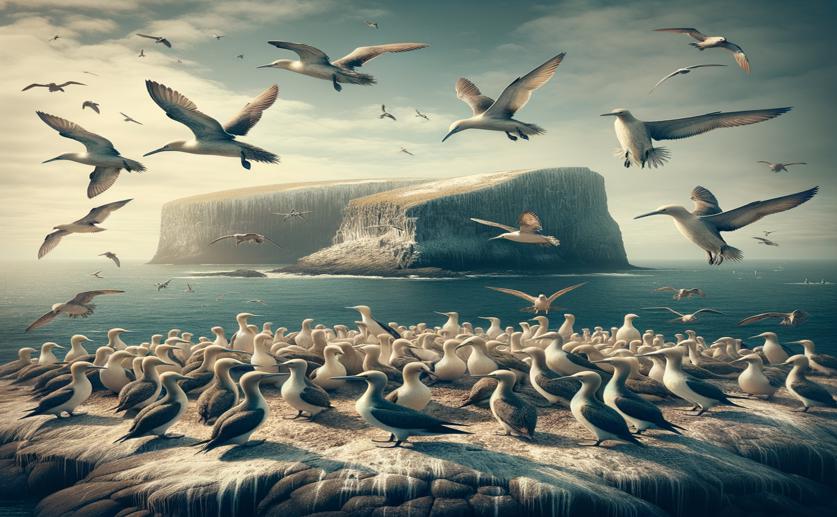
New Breeding Record for White-Capped Seabirds on Remote Islands
Jim Crocker
9th June, 2024

Image Source: Natural Science News, 2024
Key Findings
- Researchers from Justus Liebig University Giessen documented the first breeding of a White-capped Albatross outside its native range on the Diego Ramírez Islands, Chile
- This event challenges the long-held belief that albatrosses strictly return to their birthplace to breed
- The discovery suggests that White-capped Albatrosses may have more flexibility in their breeding behavior, which could impact conservation strategies
References
Main Study
1) The white-capped albatross: a new breeding record for the Diego Ramírez Islands, Chile
Published 8th June, 2024
https://doi.org/10.1007/s00300-024-03269-2
Related Studies
2) Phylogeography of shy and white-capped albatrosses inferred from mitochondrial DNA sequences: implications for population history and taxonomy.
Journal: Molecular ecology, Issue: Vol 12, Issue 10, Oct 2003
3) Extreme philopatry and genetic diversification at unprecedented scales in a seabird.



 4th May, 2024 | Jim Crocker
4th May, 2024 | Jim Crocker